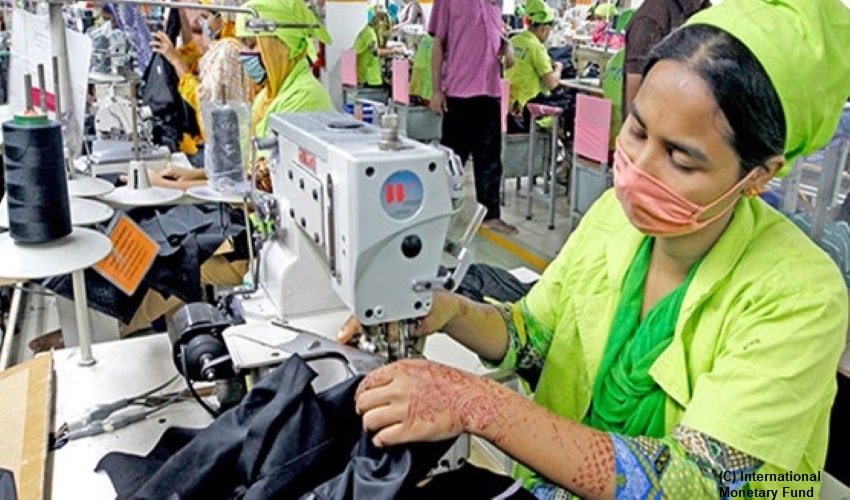
The new research by the International Labor Organization evaluates the effect of the coronavirus outbreak on the fashion industry and their supply chains.
Last updated on October 28th, 2020 at 11:54 am
The Coronavirus pandemic has struck the Asia-Pacific region’s garment sector very hard. The virus came like a perfect storm for the industry, and it caused a blow to demand and supply. A great many garment factory workers have lost their livelihood since nationwide lockdown measures. Huge brands like Zara, Primark, and H&M have failed in protecting their worker’s jobs.
The new research by the International Labor Organization evaluates the effect of the coronavirus outbreak on the fashion industry and their supply chains. However, the term and extreme seriousness of the pandemic stay obscure, it is evident that the fashion business has just begun its struggle.
The supply chain of workers and factories in 10 major garment-producing nations like Cambodia, Bangladesh, India, Indonesia, China, Philippines, Sri Lanka, Pakistan, Viet Nam, and Myanmar have been severely impaired.
Nationwide lockdown measures caused distress to raw material imports. All of it has taken a toll on the Asia Pacific garment industry and also lowered consumer demand, as per the ILO’s latest report.
Our latest report on the impact of Covid-19 on Asia and the Pacific’s strategic garment industry shows a devastating toll on both workers and employers. Read our analysis and recommendations for recovery. https://t.co/bEGIwrYply
— International Labour Organization (@ilo) October 22, 2020
The report also emphasizes that significant purchasing nations’ imports from garment-exporting nations in Asia fell around 70 % in the first half of this year. Due to a sudden dip in demand due to lockdown measures the whole industry got impacted.
In Bangladesh, thousands of garment workers were sent home in April without pay or were terminated after the international brand’s canceled around £2.4bn orders.
In the same month, the supplier in India who made garments for H&M fired around 1,200 laborers in June because of the absence of demand during the pandemic.
In September 2020, practically 50% of all garment supply chains were reliant on demand from consumers living in nations with the most rigid lockdown protocols in place, where retail sales have fallen. The Asia-Pacific employed around 65 million garment laborers in 2019, estimating 75 % of all garment workers globally.
However, World leaders have reacted proactively to the emergency; the new ILO research unveils the closing of thousands of garment factories worldwide, either for a short time or indefinitely. There has been a sharp increase in the layoff of workers and cuts in wages. The factories have resumed work but less labor force.
The research identifies especially women workers that have been unduly hit by the pandemic, intensifying existing disparities in profit, the remaining task at hand, word related issues, and delivery of outstanding wages to care work.
The Fashion Industry’s supply chain has halted as the supply from design to distribution has completely evaporated. The fashion business flourishes on fabric from all around the globe, which is difficult to convey or get amid the virus crisis.
No one can predict how the world will seem after the Covid-19, but it has brought a notable change in consumer behavior. The Fashion business and supply chain are helpless since its customers are relying upon careful spending amid the pandemic.
The retail and garment industry in Asia is commonly set apart by low degrees of mutual understanding at both sector and its factory level. It’s vital to call for a more comprehensive and significant social discourse at public and higher levels in nations to increase demand and lift the industry.
Article Credit: The ILO/ Fortune/Mckinsey







